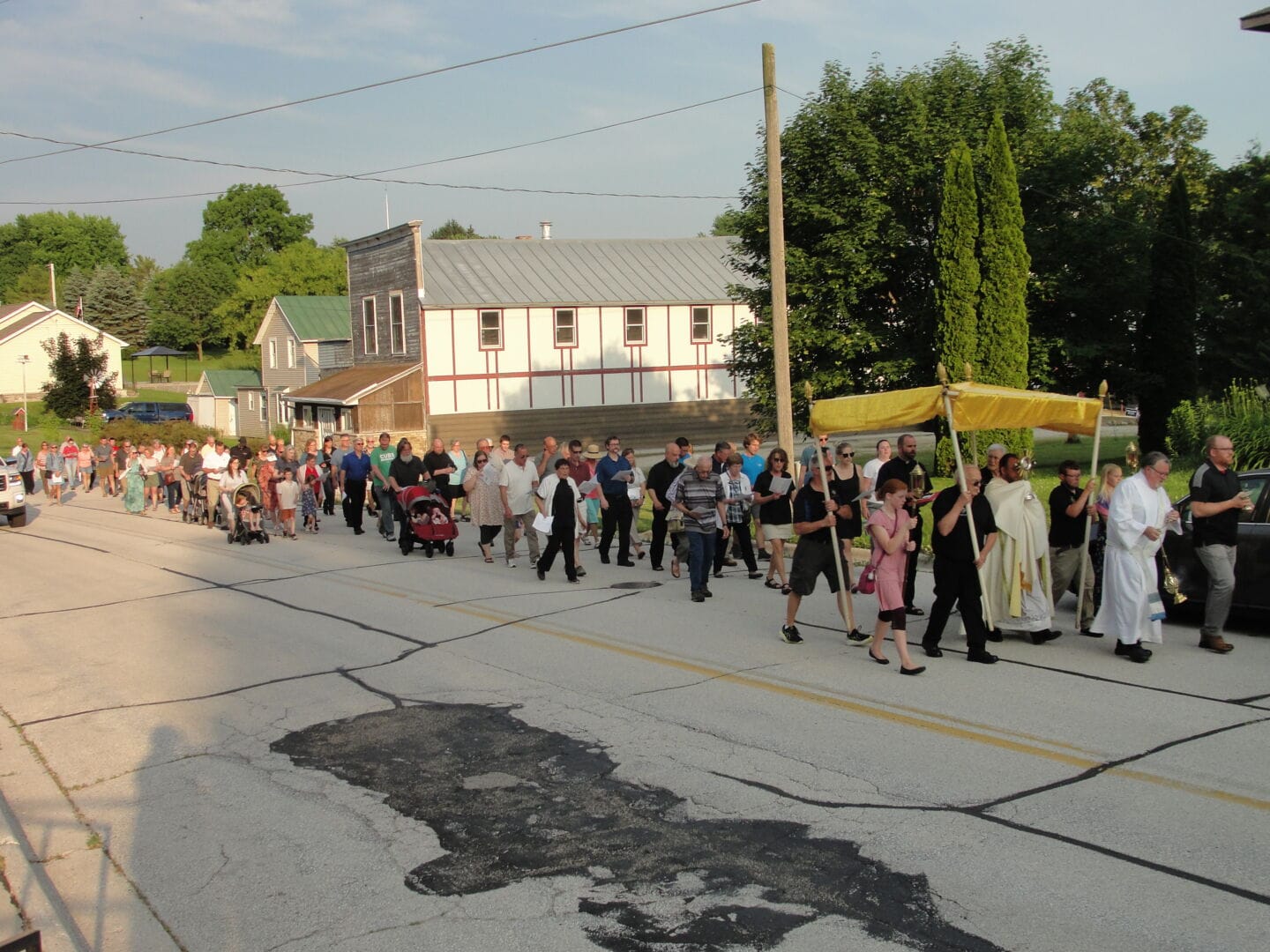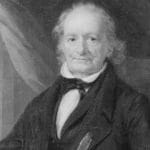Tucked away in Wisconsin’s farmland, the small town of St. Nazianz harbors a unique history as a 19th-century religious communal settlement. Founded in 1854 by Father Ambrose Oschwald, a charismatic leader seeking religious freedom in practice, St. Nazianz became home to 113 German immigrants who embarked on a daring journey across the Atlantic to build a utopian society inspired by early Christian communities. This article delves into the fascinating story of St. Nazianz, exploring its origins, beliefs, evolution, and present-day status.
The Genesis of a Utopian Vision
Father Ambrose Oschwald, born in Germany in 1801, envisioned a life grounded in communal living and deep religious devotion. Inspired by the close-knit communities of early Christians, he sought to establish a society where faith and shared purpose intertwined with every aspect of daily life. This vision led him to lead a group of followers from Germany’s Black Forest on a transatlantic voyage in 1854, ultimately settling in Manitowoc County, Wisconsin. Their hope? To create a self-sufficient utopia, far removed from the religious constraints they felt in their homeland.
The St. Nazianz Experiment: Communal Living and Faith
Arriving in Manitowoc County, the settlers established St. Nazianz, named after Saint Gregory of Nazianzus, a 4th-century theologian known for advocating communal living. Located 856 feet above sea level, the community began to build Oschwald’s utopian dream. Shared resources, collective work, and a life centered around faith became the cornerstones of their existence. Farming, childcare, and all other aspects of life were communal endeavors, prioritizing the needs of the group over individual desires. This unique social structure, while ambitious, presented inherent challenges.
A Community’s Evolution: Adapting to Change
Over time, the strict communal structure of St. Nazianz gradually relaxed. The initial intensity of shared living transitioned towards a more conventional village model. This shift may have been driven by practical considerations and changing social norms. However, the spirit of community and mutual support, central to Oschwald’s original vision, likely endured. This evolution suggests not a failure of the utopian ideal, but rather the community’s adaptability and resilience in the face of changing times.
St. Nazianz Today: Echoes of the Past
Today, St. Nazianz is a quiet village of 783 residents (as of the 2010 census), where the echoes of Oschwald’s ambitious dream intertwine with modern life. The village boasts a unique blend of historical significance and contemporary living. Notable figures like former state representative Joseph Filz and former Wisconsin Attorney General Victor A. Miller have emerged from this small community. While the communal lifestyle has faded, the legacy of shared purpose and faith continues to shape the identity of St. Nazianz. The St. Nazianz Area Historical Society, founded in 1986, plays a vital role in preserving and sharing the stories of the community’s rich past.
Exploring the Unanswered Questions
Despite the efforts of the Historical Society, some questions about St. Nazianz’s history remain. What was daily life really like for the early settlers? What specific roles did women play in this unique society? How did St. Nazianz compare to other utopian communities that flourished across 19th-century America? Ongoing research and evolving historical interpretations may shed light on these questions, enriching our understanding of this remarkable village.
Discover the hidden gems and scenic beauty of Spangle, WA. Uncover the charm and tranquility of Spavinaw, OK, a destination that promises an unforgettable experience.
Mastering the Pronunciation of St. Nazianz, Wisconsin
St. Nazianz, Wisconsin, is pronounced [sānt nəˈzāənz]. Let’s break it down: “St.” is pronounced like “saint.” The “Nazianz” portion is where it gets interesting. The first syllable, “nə,” uses the schwa sound (like the “a” in “about”). The next syllable, “zā,” rhymes with “say.” Finally, “ənz” is similar to the ending of “lions,” but with a distinct “z” sound at the end.
Common mispronunciations include omitting the “z” (“Nazian”) or distorting the vowel sounds (“Nay-zee-anz”). Correct pronunciation demonstrates respect for the village’s history and ensures effective communication with locals. Online audio guides and pronunciation videos can be helpful resources.
The name “St. Nazianz” derives from Saint Gregory of Nazianzus, a 4th-century theologian. This historical connection adds depth and meaning to the pronunciation. Some scholars suggest that the way we say “St. Nazianz” today may even echo linguistic patterns of an earlier era. Further research into the historical pronunciation of “Nazianzus” could reveal how the name evolved and how its pronunciation in Wisconsin came to be.
The Story of St. Nazianz, Wisconsin: A Journey of Faith and Community
In the mid-19th century, a group seeking religious freedom embarked on a journey from the Black Forest region of Germany to the American frontier. Led by Father Ambrose Oschwald, these 113 individuals sought to establish a utopian community grounded in their shared Catholic faith. This marked the beginning of St. Nazianz, Wisconsin.
Arriving in Manitowoc County in 1854, they established a communal lifestyle inspired by early Christian principles and the teachings of St. Gregory of Nazianzus, the village’s namesake. Shared kitchens, communal fields, and unified prayer defined their daily routines. While this utopian vision faced practical challenges and internal disagreements, their shared faith served as a unifying force.
A pivotal moment arrived in 1896 with the arrival of the Salvatorian Fathers, invited by Archbishop Frederick Katzer to establish a monastery. This introduction of a structured religious order significantly altered St. Nazianz’s trajectory, solidifying its Catholic identity and expanding its influence throughout the region. The transition likely presented both opportunities and challenges as the community navigated the integration of a new group with different traditions. The Golden Jubilee celebration in 1904 marked 50 years of faith, resilience, and community evolution.
Today, St. Nazianz is a quiet village where remnants of the utopian dream coexist with modern life. While the original communal structure has evolved, the legacy of Father Oschwald’s vision, the settlers’ steadfast faith, and the Salvatorians’ influence continues to shape the community’s identity. The history of St. Nazianz is a testament to the enduring power of faith, community, and adaptation in the face of change.
- Unlock Elemental 2 Secrets: Actionable Insights Now - April 2, 2025
- Lot’s Wife’s Name: Unveiling the Mystery of Sodom’s Fall - April 2, 2025
- Photocell Sensors: A Complete Guide for Selection and Implementation - April 2, 2025
















